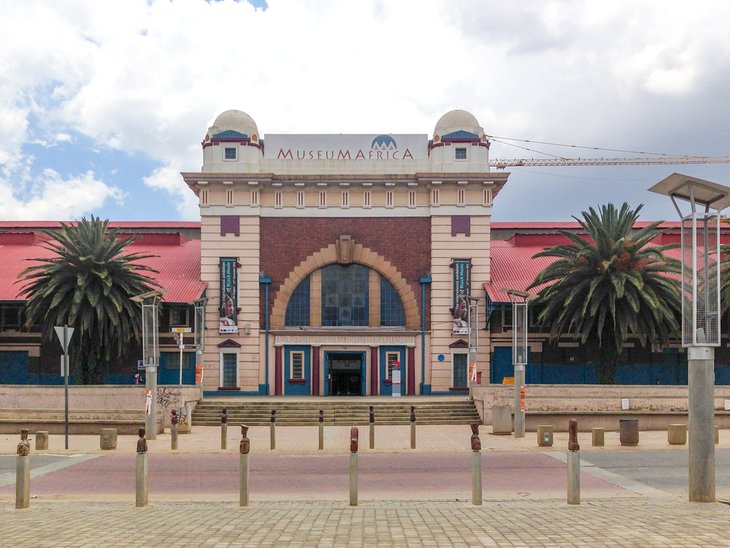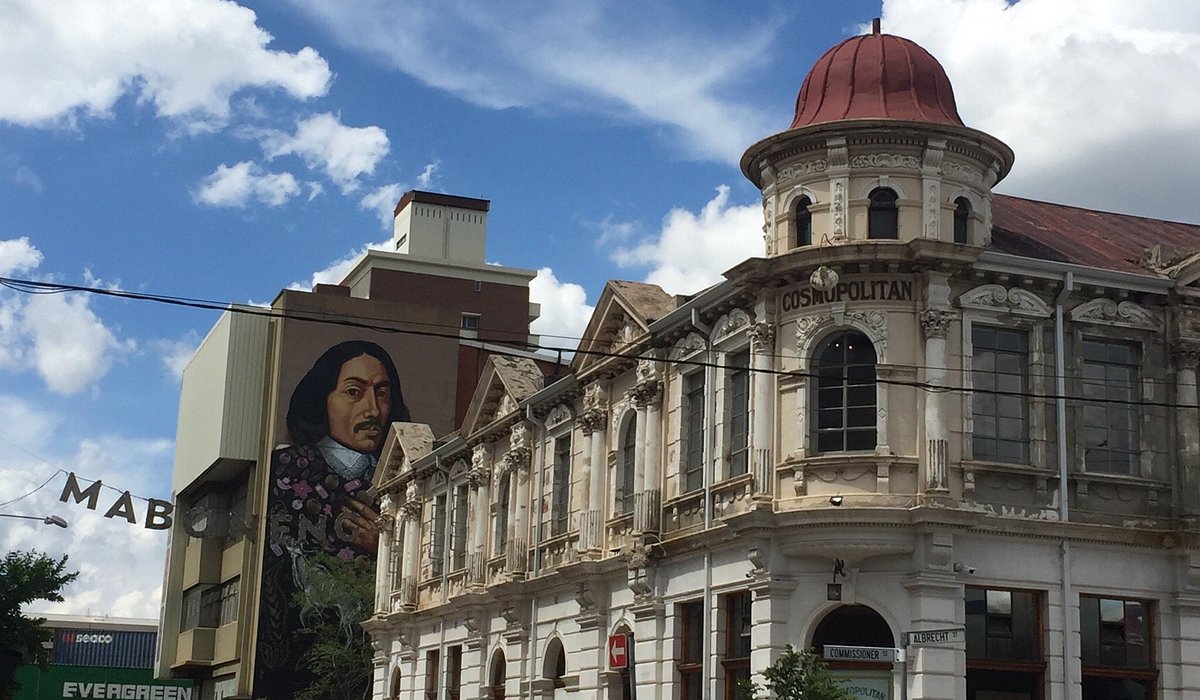The 6-Minute Rule for Johannesburg North Attractions
Table of ContentsJohannesburg North Attractions Fundamentals ExplainedSome Ideas on Johannesburg North Attractions You Need To KnowRumored Buzz on Johannesburg North AttractionsThe Best Strategy To Use For Johannesburg North AttractionsSee This Report on Johannesburg North AttractionsThe Greatest Guide To Johannesburg North Attractions
The city expanded on the side of the Witwatersrand Main Coral reef, a subterranean stratum of gold-bearing quartz-silica corporation that arcs for hundreds of miles beneath the Highveld - Johannesburg North attractions. Many of the gold mines in the city ceased operation in the 1970s, however in its day the Witwatersrand gold industry accounted for more than 40 percent of the globe's yearly gold manufacturing.Johannesburg has a warm climate. Summer temperature levels average regarding 75 F (24 C); winter temperatures balance concerning 55 F (13 C) and only periodically dip listed below freezing. The city enjoys regarding eight hours of sunshine daily in both winter and summertime. Rain standards regarding 28 inches (700 millimetres) per annum, but the overall varies substantially from year to year.
What rain the city obtains falls almost exclusively in the summer season, commonly in incredible late-afternoon electrical storms. Air pollution positions a significant issue, particularly in the winter season, when thermal inversions restrain the westward circulation of air from the Indian Ocean. Pollution is most serious in the largely settled Black towns on the city's periphery, where many homeowners still rely upon coal for fuel.

An Unbiased View of Johannesburg North Attractions
The balance of the city is occupied by whites. Holiday accommodation varies in character and quality.
Physical development, although somewhat restricted by transport, proceeded swiftly as migration to South Africa, and Johannesburg specifically, raised substantially. This problem was fixed in the 1930s when the vehicle was introduced in mass manufacturing to South Africa. Autos were, generally, constrained to the wealthy, and permitted them to transfer to the north of the city and commute into the centre.
Most inadequate suburban areas were mixed, with poor blacks and whites living together, although the well-off suburban areas were generally scheduled for whites.
The previous system of eleven numbered areas was reorganised in 2006. Marshalltown, as seen from the top of the Carlton Centre. The M1 and M2 run behind the check my source structures, and the southerly suburban areas extend past the freeway limit. The central city of Johannesburg lies within the city's Area F. The number of individuals living in the internal city on a casual basis is unidentified, as many are unlawful immigrants. The joblessness, education and learning, and age accounts of the area are all unknown, due to the problem of obtaining trusted information about the location.
The smart Trick of Johannesburg North Attractions That Nobody is Talking About
Yeoville and Bellevue have a mix of apartment and solitary property systems on small lots. The region is located on a mountainous divide that ranges from eastern to west. The most conspicuous geographical feature is Observatory Ridge, which is called for the big observatory located on it. The recreational spaces are no more utilized, due to safety and security problems.

See This Report about Johannesburg North Attractions
The eastern suburbs are some of the earliest locations of Johannesburg, there are big areas of Jewish and various other European histories, the majority of the populace is English speaking. There are three golf training courses as well as a number of secured ridges with viewsites.
The area is primarily made up of old "matchbox" houses, or four-room residences built by the federal government, that were built to give economical lodging for black employees during racism. Soweto is an acronym, standing for "South Western Townships". Road after street in this area is lined with matchboxes; nonetheless, there are a few smaller sized locations where prosperous Sowetans have actually built go to the website homes that are much more comparable in stature with those in more upscale suburban areas.
Hostels are another prominent physical function of Soweto. Originally built to house male migrant workers, several have been boosted as homes for pairs and family members. The N1 Western Bypass skirts the eastern limit of Soweto. The suburban area was not traditionally allowed to develop work centres within the location, so practically all of its homeowners are commuters to other parts of the city.
Unknown Facts About Johannesburg North Attractions
The household locations in the northern residential areas are mainly formal, with no significant areas of informal real estate, or real estate that lacks a long-term structure. This is a well established area, there is a fad of land usage change from property to commercial, especially along primary arterial roads and around well-known nodes.
Roads to the eastern and west are much less well established, as there are no highways taking a trip in that direction. In the direction of the north border of the city, the thickness of growth lowers, leaving big locations of primitive land around Midrand.
Our Johannesburg North Attractions Ideas
The first suburban area to the north of the inner city is Parktown, which lies on a hill ignoring the central city and Hillbrow. It has lots of rich residents and Edwardian-style their explanation manors, along with the Education and learning and Medical campuses of the University of the Witwatersrand. The huge concrete Charlotte Maxeke Johannesburg Academic Health Center dominates the horizon of Parktown.
Comments on “The Facts About Johannesburg North Attractions Uncovered”